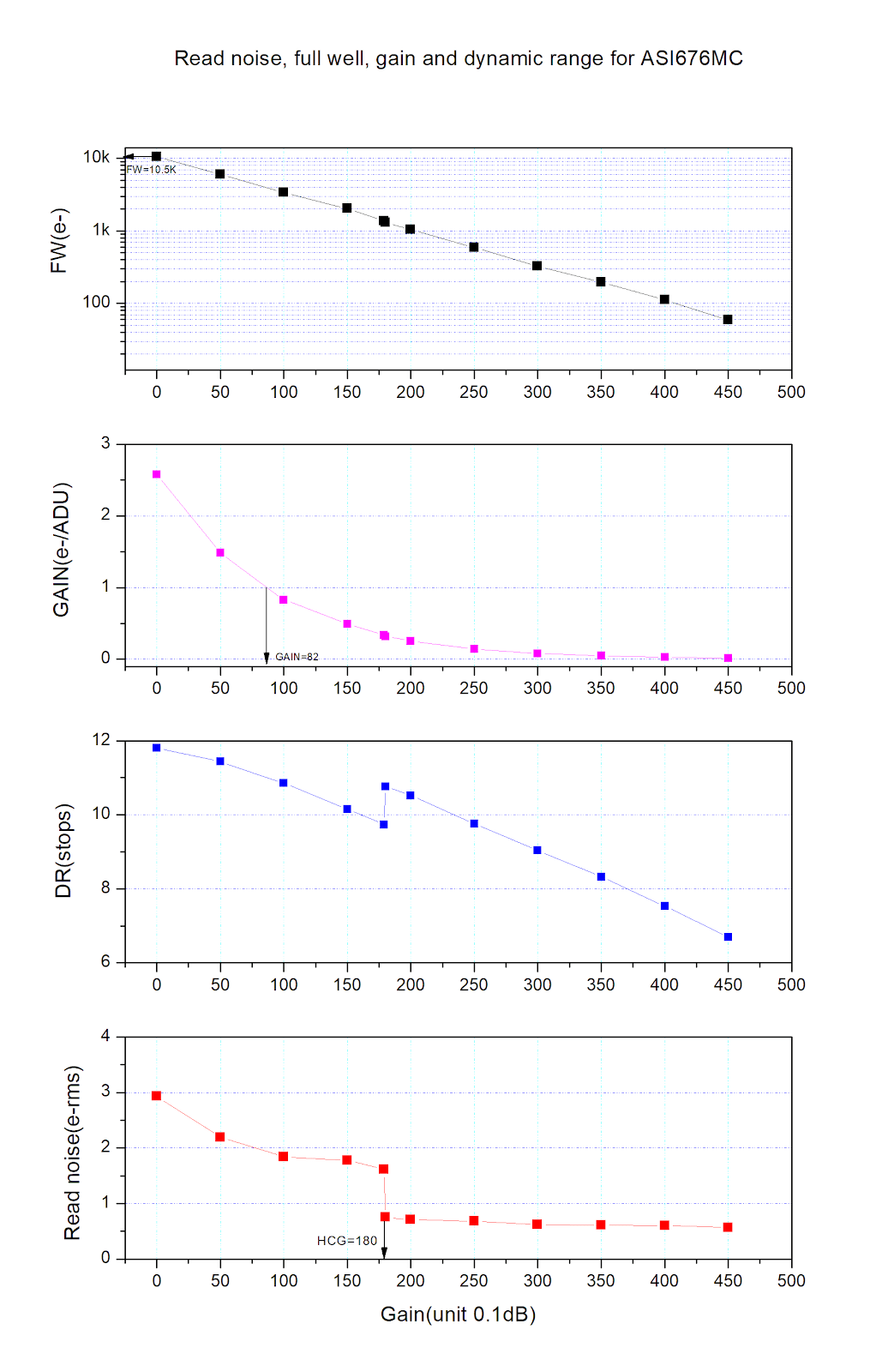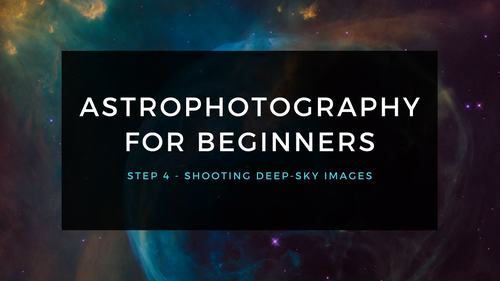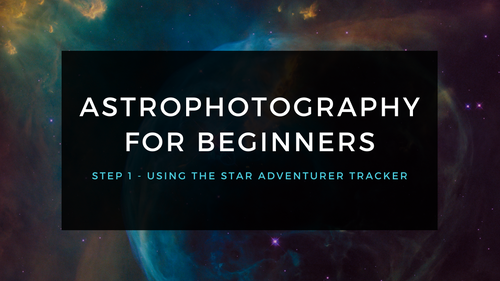







Why Purchase from All-Star Telescope?
Free Expert Support
Whether you are a first timer needing help with setting up or an enthusiast that can't quite make that one thing work, our expert staff are ready to support your needs. With decades of knowledge and first hand experience we've been there and we can help you through it!
Stress Free, Secure Transactions
You can trust purchasing and delivery with All-Star Telescope. All of our transactions are 100% secure and Level 1 PCI DSS compliant thanks to Shopify's ShopPay platform. For additional protection, we insure 100% of the value of every shipment we make. If it get's lost during shipment, we replace it. If it gets damaged during shipment, we replace it. We make sure your product arrives exactly as you would expect it to; we promise.
We also ensure privacy protection. We never keep any of your credit card information on file and any of your personal data is stored according to our policies.
30 Day Return Policy
Buy with confidence knowing that we accept returns up to 30 days after purchase. We want you to have something you will actually use and we are confident that we keep good quality products in our store with No Junk.
Price Match Promise
Shipping around for the best price is tough, we make it easier by offering the best pricing in the market. But if you find a better price on an in-store item somewhere else we will match it!
Product Description
Introducing the ASI676MC, the all-sky camera featuring a unique square 1/1.6-inch image sensor and a super high resolution of 12MP! It is perfectly suited for meteor recording and full sky surveillance. The square format facilitates easier composition, making mosaic stitch simpler and more efficient, and the high resolution brings you clear details of the Sun and our Moon. With this camera, you may start your marvelous journey to explore the boundless night sky.
Why Square Format?
One of the biggest benefits of ASI676MC's square format is it makes the whole mosaic construction process much easier by eliminating the need to consider the difference between the long and wide sides of the format during mosaic stitching.
Not only that, the square format also makes the ASI676MC more compatible with various types of lenses such as fisheye lenses and wide-angle lenses. Thus, ASI676MC is more suitable for tasks such as meteor recording and full sky surveillance.
ASI676MC Features
STARVIS 2
STARVIS is a sensor technology developed by Sony that surpasses the sensitivity of the human eye. STARVIS 2 is an advancement of STARVIS technology, supporting an even higher dynamic range. With this technology, ASI676MC exhibits lower readout noise and dark current, along with significantly enhanced sensitivity in the near-infrared spectrum.
No Amp Glow
ASI676MC does not have any amp glow, no matter how long the exposure and how high the gain value you set. Note: This technology is implemented directly at the hardware level, it does not require software control.
256MB DDR3
The camera is equipped with a USB 3.0 transmission interface and a built-in 256MB DDR3 cache to ensure stable and secure data transmission.
HCG Mode
The camera has a built-in HCG mode, which can effectively reduce readout noise at high gain. This allows the camera to maintain the same high dynamic range as it does at low gain. When the gain is 180, the HCG mode is automatically turned on. The readout noise is as low as 0.56e, and the dynamic range can still reach a level close to 11 stops.

Quantum Efficiency
The QE curve and readout noise are very important parameters to measure the camera's performance. Higher OE and lower readout noise are necessary to improve the image signal-to-noise ratio.

Dark Current Noise
The ASI676MC's lower dark current noise means that the image signal-to-noise ratio is also higher, especially when photographing dark objects, it produces images with better sharpness.

UV/IR-cut Coated Window
ASI676MC is equipped with an UV/IR-cut coated window in front of the sensor, with a diameter of 21mm and a thickness of 1.1mm. It effectively reduces infrared interference and improves image quality.

What's in the Box
Specifications
| Sensor | Sony 1/1.6" CMOS IMX676 |
| Resolution | 12.61M |
| Image Array | 3536 x 3536 |
| Peak QE | 83% |
| Pixel Size | 2.0um |
| Max Frame Rate at Full Resolution | 31.2 FPS |
| Window | IR-Cut |
| Guide Port | ST4 |
| Shutter | Rolling |
| Exposure Range | 32us - 1000s |
| Read Noise | 0.56e |
| Interface | USB3.0/USB2.0 |
| Bit Rate | 12bit output (12 bit ADC) |
| Dimensions | 62 mm Diameter by 32 mm |
| Weight | 120g (4.2oz) - without lens |
| Working Temperature | -5°C - 45°C |
| Working Relative Humidity | 20% - 80% |
Additional Articles, Videos, and Links
External Links

Astrophotography for Beginners Step 4: Shooting Deep-Sky Images
Taking deep sky pictures can be daunting, luckily there is an easy process to follow to allow you to get great shots! Here is the typical process for actually taking deep-sky images in the field.

Astrophotography for Beginners Step 3: Choosing Gear for Deep-Sky Imaging
Using a star tracker gains you experience with the fundamentals of deep-sky imaging. Shooting the Moon gains you experience focusing and framing through your telescope. Through your sessions you’ll...

Astrophotography for Beginners - Start Here: Getting into Astrophotography Step by Step
Shooting the night sky has never been more popular, nor easier. The choice of equipment has also never been better, or more affordable. However, as per the advice given by Dickinson and Dyer in the...

Astrophotography for Beginners Step 1: Using the Star Adventurer Tracker
By far the most economical and easiest way to capture beautiful images of the Milky Way and large deep-sky objects like the Andromeda Galaxy (shown here) is to use a star tracker. Here are steps an...

Astrophotography for Beginners Step 2: How to Shoot the Moon
Close-ups of the Moon are rewarding, and an easy way to learn to shoot through your telescope. While good results are possible with a phone camera clamped to an eyepiece (as shown below), this tuto...


